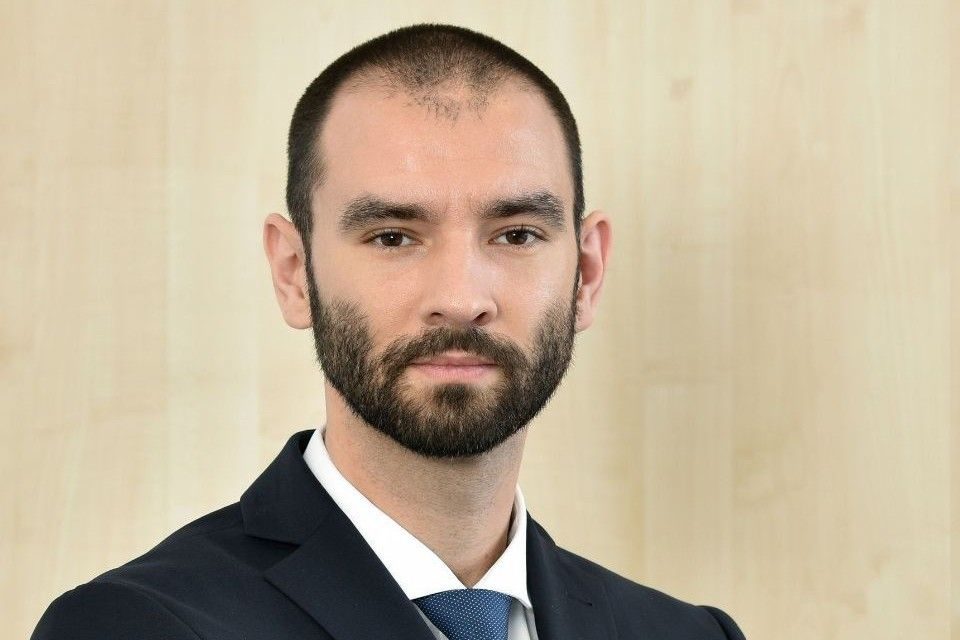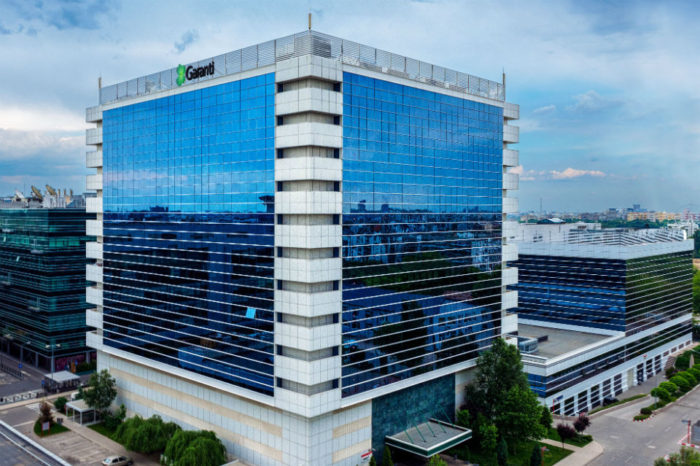We get to decide what happens next

…and things will never be the same. Is that something to fear or look forward to? As any major change, the road will be paved with uncertainty, but also excitement and discoveries. And, as always, hopefully, once we’ve grown into the new world, we’ll look back at all this and laugh at how scared and sometimes even lost we felt.
What is the main driver of this change? Right now, the main concern is to keep people safe, of course. What about going forward? Will the need for flexibility take center stage? Have we all become a bit spoiled and will just blatantly refuse to go back to a world of commuting 5 days a week, every week? Will the need for productivity reign as king of how decisions are made? Or, as it often is the case, will we be presented with a bit of everything?
Things are going hybrid, that is probably true. Our homes will not be as separate from our office work as they used to be and vice versa. The new normal will find us reaching for a work to-do list at the breakfast table and a cozy pillow in the office.
Breaking it down, here’s what we are looking at: we all appreciate freedom. So, we will want the option to choose where we work, when and how. And if we can do that, we promise we will also make money for whoever’s paying our salaries.
Having said that, do I believe that it’s feasible to work from our couches or kitchen tables 5 days a week?
100% no.
How about 3 or 1 day a week? I think there’s a sweet spot in there, somewhere.
Here’s another fact: we are social, all of us. Or most of us, most of the time. We need the connection with our environment to include people and, guess what, work is a dominant environment in most of our lives. We need to be in the office, not every day, but often enough so that we still feel the connection with our work and the people we work with.
If we look at the data, across the globe, around 70% of the workforce believes companies should have as standard some form of flex work allowed. So why not make the home and the office and everything else a large ecosystem that fosters productivity and wellbeing at the same time?
Now, the office itself will have to undergo a makeover. It will transform, more so than ever before, into the agora of the company, the place where we can meet amongst ourselves or with clients. The culture of each brand will be high on display. The purpose of the office will accelerate towards connecting people, improving culture and supporting whatever creative processes carry that organization forward.
Make no mistake, working from home is not all sunshine and roses. House furniture is seldomly adapted to the requirements of keeping the employees healthy and energetic throughout the day. Kids can add to the already full plate and there is no line (not even a fine one) between work and play. Or rest.
Furthermore, the pressure is there on full display. Studies show that up to 35% of employees showed up for work (remotely) despite being unwell, which brings me to a rather interesting food for thought kind of a thing.
Has the increased productivity reported between March and May of 2020 been more about the newness of working from home 5 days a week, in the beginning? And has the fear of losing jobs and positions and the uncertainty of it all played a major role in the long hours and efficiency of workers during the lockdown?
New technologies, new ways of working (implemented even before the pandemic) and not least the expectations coming from the new generations of workers are making us all reconsider how we think about work.
However, it is clear that just being on the office floor for the sake of enforced presenteeism is a thing of the past. And while working in isolation works for some of the time, it does not work for all of the time.
An interesting idea to be explored is that of a centralizes office HQs functioning alongside decentralized HUBs (e.g. coworking). This enables flexibility and also greater comfort for employees looking to meet peers without having to travel half a city in order to do so.
One key take-away is this: companies have the space and tools needed to create whatever work environment works for them. The one-size-fits-all approach is demised.
Is remote working for extended periods of time sustainable in the long run, when things get back to a new normal?
Or do we have to be really careful in defining the workplace for 2021 and onwards, as a combination of flexible environments but also established offices, if we really want to have a productive and healthy culture going forward?
(Opinion by George Didoiu, Director, Tenant Services, Colliers International)















